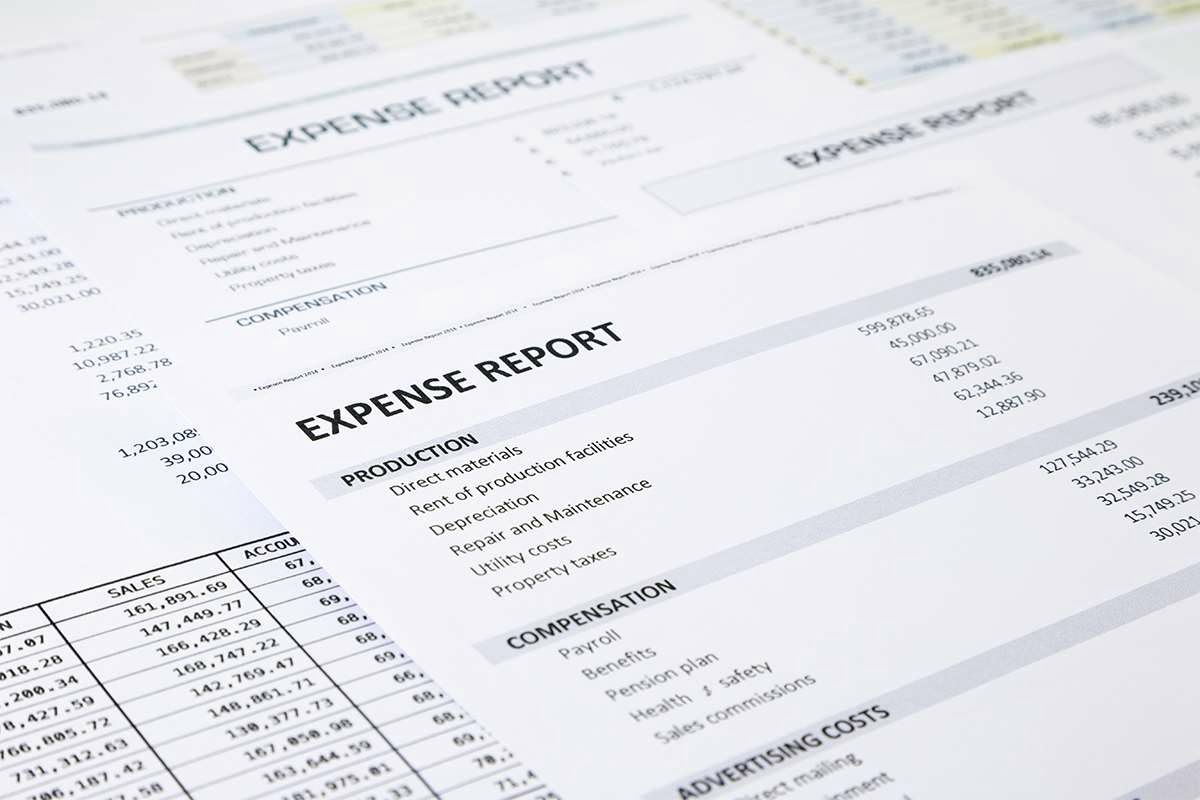
Changes in long-term debt and assets tend to affect the D/E ratio the most because the numbers involved tend to be larger than for short-term debt and short-term assets. If investors want to evaluate a company’s short-term leverage and its ability to meet debt obligations that must be paid over a year or less, they can use other ratios. These balance sheet categories may include items that would not normally be considered debt or equity in the traditional sense of a loan or an asset. Debt is anything your company owes another company or individual and includes both short-term and long-term debt obligations. You can find these numbers in a company’s quarterly and annual financial statements. The percent represents the amount of financial leverage, or the debt used to purchase assets.
Debt To Asset Ratio Formula

As businesses mature and generate steady cash flows, they might reduce their reliance on borrowed funds, thereby decreasing their debt ratios. Conversely, technology startups might have lower capital needs and, subsequently, lower debt ratios. Comparing a company’s debt ratio with industry benchmarks is crucial to assess its relative financial health. The debt-to-total-assets ratio is important for companies and creditors because it shows how financially stable a company is. Total debt-to-total assets may be reported as a decimal or a percentage.
AMC’s debt-to-equity, late payments, could be ‘red flags,’ warns Creditsafe – MarketWatch
AMC’s debt-to-equity, late payments, could be ‘red flags,’ warns Creditsafe.
Posted: Wed, 01 Nov 2023 07:00:00 GMT [source]
Understanding the Debt-to-Assets Ratio: Definition and Formula
In a low-interest-rate environment, borrowing can be relatively cheap, prompting companies to take on more debt to finance expansion or other corporate initiatives. The articles and research support materials available on this site are educational and are not intended https://www.bookstime.com/ to be investment or tax advice. All such information is provided solely for convenience purposes only and all users thereof should be guided accordingly. Finance Strategists has an advertising relationship with some of the companies included on this website.
What Is the Difference Between Traditional Accounting and Computerized Accounting?
Let’s look at an illustration of how the total debt to EBITDA ratio can indicate a company’s financial health (or lack thereof). Because EBITDA adds interest, taxes, depreciation, and amortization to net income, it may not provide an accurate measure of a firm’s actual earnings. If any of these variables are high, it could impact a company’s ability to pay debts. Calculating the debt/EBITDA ratio is done by dividing a company’s short-term debts and long-term debts by its EBITDA (earnings before Interest, Taxes, Depreciation, and Amortization).
A house or building that has accrued equity but is still under loan is both an asset and a debt. However, a property that has unpaid or outstanding debts where it is no longer profitable at sale is no longer an asset — it’s a liability. A firm that lends money will want to compare its ratios of one business against others to come to an accurate analysis. Understanding the debt to asset ratio is a key part of a company staying afloat financially.
- These balance sheet categories may include items that would not normally be considered debt or equity in the traditional sense of a loan or an asset.
- When evaluating a business, the debt to asset ratio states how much of your expenses were paid for with credit, loans, or any other form of debt.
- Lenders look at this ratio to help them determine how likely you are to be able to make the monthly payments.
- The debt ratio defines the relationship between a company’s debts and assets, and holds significant relevance in financial analysis.
- Unfortunately, the financial standing of Lucky Charms seems to be progressively getting worse.
Get Any Financial Question Answered

Other debts, such as accounts payable and long-term leases, have more flexibility and can negotiate terms in the case of trouble. The Debt to Asset Ratio is a crucial metric debt to asset ratio for understanding the financial structure of a company. In essence, it indicates the proportion of a company’s assets that are financed by debt as opposed to equity.
- One metric that is widely used in doing so is the Debt to Asset Ratio.
- Because the total of your debts and estimated mortgage is $3,328, and you have $8,000 in monthly income, your debt-to-income ratio is 41.6%.
- It depends upon the company size, industry, sector, and financing strategy of the company.
- Companies with high debt ratios might be viewed as having higher financial risk, potentially impacting their credit ratings or borrowing costs.
- Lenders use the D/E figure to assess a loan applicant’s ability to continue making loan payments in the event of a temporary loss of income.



